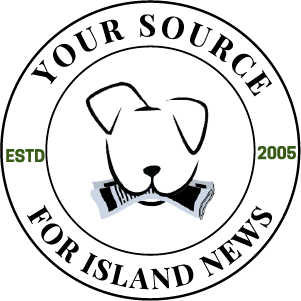
Photo courtesy of the Shamblin Lab
The Island Turtle Team is excited to announce that a GoFundMe account has been set up to benefit the genetics research project of which we have been a small part since 2010. In previous Island Eye News articles, we have given examples of individual loggerheads and their fascinating nesting histories, such as the loggerhead who has nested here more than 30 times since 2010 and now has six daughters nesting on nearby islands.
In addition, in the early years of the study, a loggerhead nested on the Isle of Palms, then two weeks later on Hatteras Island in North Carolina and two weeks after that on Cumberland Island in Georgia. We also have seen in recent years that many young females are nesting for the very first season, proving that nest protection efforts are finally showing some results, since it takes 25 to 30 years for them to mature and lay eggs.
Who is Brian Shamblin and why are we trying to help him with this valuable sea turtle conservation research work? Some of us first met him about 14 years ago at the International Sea Turtle Symposium, when he presented a research plan that involved the Southeastern states and now includes other states. He was a young graduate student with hair down to his shoulders, talking in front of sea turtle experts from all over the world about a never-before-used method of genotyping the population of nesting loggerheads – using DNA tagging instead of relying on physically tagging with metal or internal tags or short-lived expensive satellite transmitters. Recapturing loggerheads was unlikely, so research data was sparse.
We were interested in Brian’s project since it would involve our area, and in 2010 we were asked to collect individual DNA fingerprints using an eggshell from each nest laid on the Isle of Palms and Sullivan’s Island. Brian would come to our statewide meetings, and we all were in awe, not only of his work but of his warm personality and shared interest in our loggerheads. However, since federal funding was discontinued for the project a couple of years ago, we and other groups have been trying to keep it going with any donations we can send him.
According to the Shamblin Lab website, “To date, this project has identified over 13,000 unique nesting females. We are using the individual nesting history data to address several questions related to the demographics and population dynamics of this subpopulation. This work would not be possible without tremendous staff support of the state sea turtle programs and enthusiastic participation of more than 90 nesting survey projects conducted by NGO groups, as well as volunteers and staff representing municipal, state and federal agencies that cover approximately 1,000 kilometers of beaches from Florida to Maryland.”
In order for this project to show its full value, more seasons of genetic samples are needed, and that is why we are asking you to go to the GoFundMe account at the link below and consider making a donation and also sharing it with anyone you know who might be interested in helping this sea turtle conservation effort. gofundme.com/f/he26te-please-help-our-sea-turtles.
Brian Shamblin processes samples in the Shamblin Lab at the Warnell School of Forestry & Natural Resources at the University of Georgia.


